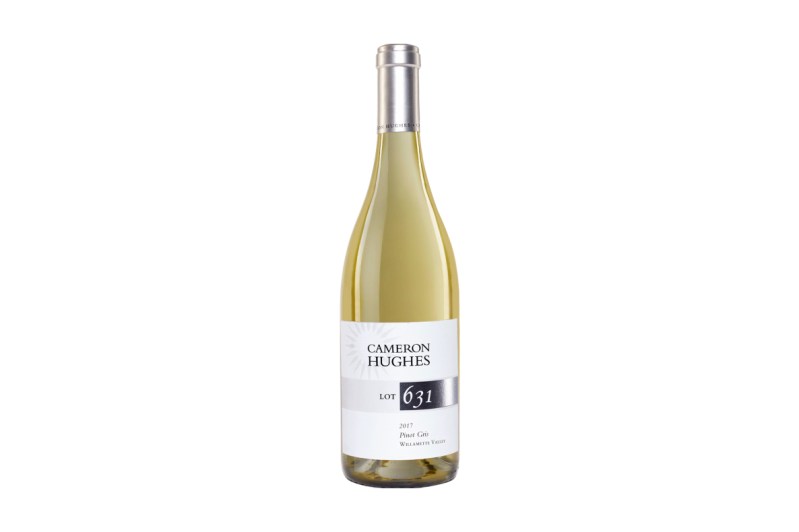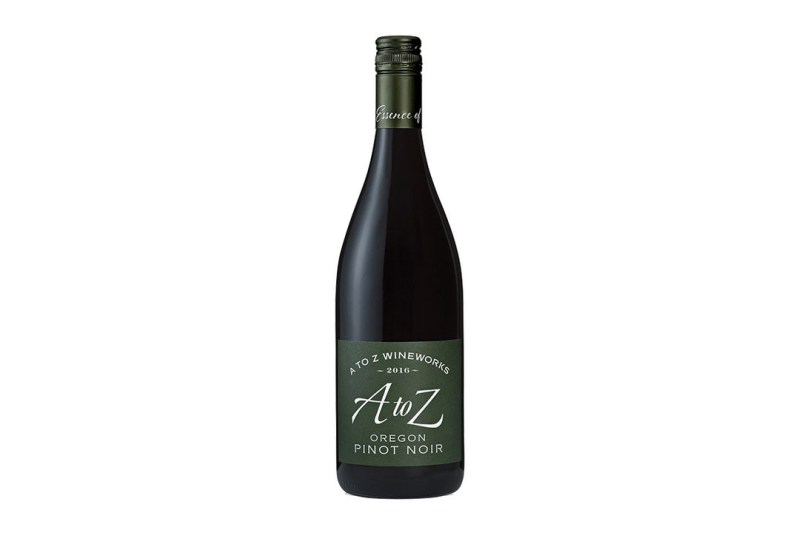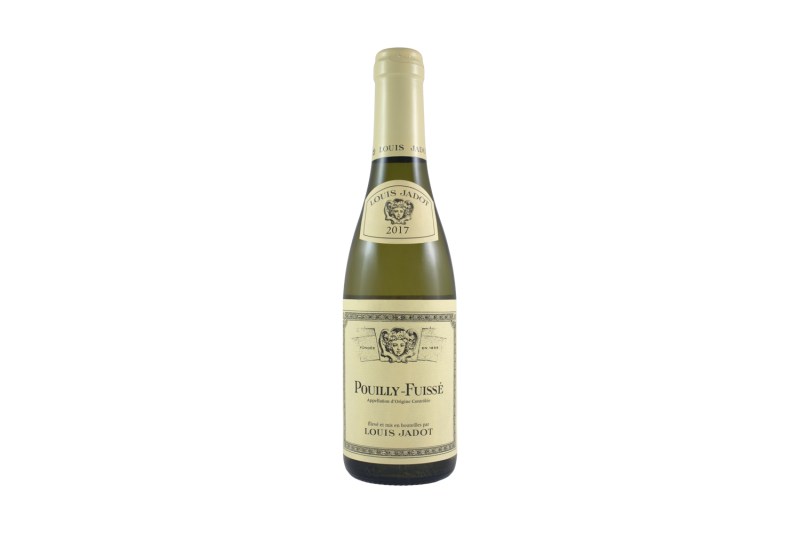In simple terms, it’s a wine buyer. But there’s more to it.
Think of a top-notch négociant the way you think of a skilled symphony conductor. They don’t play an instrument but they do manage to take the lead on creating wonderful sounds out of many musical parts. The wine merchant acts similarly, without a vineyard or proper winemaking facility, but with a firm grasp of what a wine might look like and how to get it made.

If that musical analogy is too much of a stretch (we don’t all go to the symphony), picture the négociant as a DJ, weaving together a masterful playlist or single track out of previously recorded samples. Or a collage artist. Enough said.
Some have taken the role to famous heights. Unsurprisingly, some of the best known are from where the practice was born — Burgundy. Folks like Louis Jadot and Joseph Drouhin created loyal followings through their careful grape purchases and neatly assembled wines. Icons like these are born of a system (the French Revolution, mainly) that deliberately divvied up the French countryside into small vineyard parcels.
Famed larger-scale négociants such as these play an intriguing role in bringing coveted growing areas to the masses. The wines usually can’t go head to head with the complexity and singular qualities of certain chateaus, but they shouldn’t have to. They’re a fraction of the price and tend to at least offer an intriguing slice of a storybook wine region.
The négociant came in to separate the labor as well as fine-tune the focus. “You focus entirely on growing the best grapes possible, I’ll make sure the fruit is properly made into a lovely wine,” you can imagine them saying. It marked one of the first major distinctions between viticulture (winegrowing) and enology (winemaking).
Because the buying element is often plural with négociants, blending often becomes a pivotal part of the winemaking program. These industry gurus can create harmony through meticulously mixing multiple appellations and/or varieties. The best ones aren’t even doing it in real time; they know their sites and grape personalities so well — in addition to whatever details the specific vintage is throwing their way — they can picture the finished wine before the fruit is even harvested.
At least that’s how the most gifted négociants work. The definition is loose and does include those who purchase bulk juice or even finished wine, and bottle it as something else. There’s real skill involved here, too, reflected in the taste of the wine. Yet, it’s even more common to run into a merchant eager to turn a quick profit and operating at a scale that will allow them to do so, even if the wine is rubbish.
Essentially, a merchant-made wine should offer a good deal on a wine from a recognizable area.
There are a few things to look out for when it comes to enjoying a good négociant-style wine. It’s not always listed as such, but you can at least be on the hunt for things like appellation. Essentially, a merchant-made wine should offer a good deal on a wine from a recognizable area. The fruit is likely coming from a variety of spots within that area, and perhaps a few from elsewhere, but label restrictions are generally tight enough in most places that it’s hard to falsely advertise.
Look for vintage, too. A non-vintage wine might mean blending last year’s stuff that didn’t sell in with this year’s batch. And just rely on some common sense. A drinkable $10 Pinot Noir is a hard, virtually impossible thing to come by. But a $10 Sauvignon Blanc? A $20 Burgundy? You bet. And if you don’t feel like going the taste-test route, try these reliable options:
Cameron Hughes Lot 631 Willamette Valley 2017 Pinot Gris

Pinot Gris is being overshadowed by Chardonnay these days but it’s tough to ignore a variety that can offer both good flavor and a stellar deal. California négociant Cameron Hughes has put together a refreshing white, fit with a touch of added structure thanks to some aging on the lees.
A to Z Wineworks 2016 Pinot Noir

Oregon’s A to Z has become one of the northwest’s largest producers, sourcing fruit from many of the many diverse growing areas of Oregon. This Pinot Noir drinks like twice its price point, showing the fullness of the ’16 vintage while maintaining a bright, food-friendly quality.
Louis Jadot Pouilly-Fuissé 2017 Chardonnay

Jadot’s been at it since 1859, no it’s no wonder that the label’s Chardonnay is tried and true. It’s not exactly dirt cheap, but compared to many other offerings from the Burgundian subregion of Pouilly-Fuissé, it’s a steal. A little nutty, a little zippy, and great with shellfish in particular.


